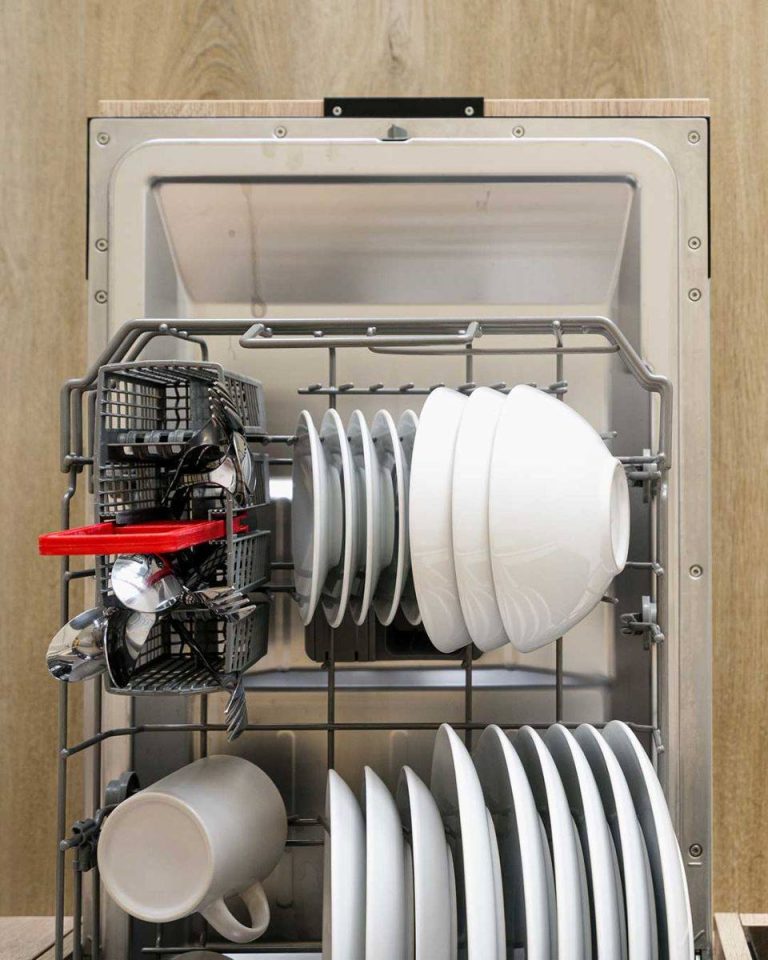ADVERTISEMENT
My Hubby Says I Overload the Dishwasher – Are These Dishes Too Overlapped for Proper Cleaning?
Dishwashing may seem like a simple chore, but when it comes to using a dishwasher, many couples find themselves in heated debates about the best way to load it. One common disagreement revolves around whether the dishwasher is overloaded. Your husband claims you’re overloading it, but you disagree. So, the question is: Are the dishes too overlapped for proper cleaning? Let’s break down the situation and explore the facts behind loading the dishwasher efficiently.
Understanding Dishwasher Load Capacity
A dishwasher is designed to hold a specific amount of dishes, with each item needing to be positioned in a way that allows water, detergent, and heat to reach every surface. While the dishwasher’s capacity is usually quite generous, overloading can prevent it from cleaning effectively.
Here’s what you need to know:
- Water Flow and Coverage: Dishwashers have rotating spray arms that shoot water and detergent over the dishes. If dishes are stacked too closely together or overlapping, the spray arms can’t do their job properly. This can lead to spots, residues, or even dirty dishes after the cycle finishes.
- Airflow and Drying: Proper airflow is crucial for drying. When dishes are overcrowded, there’s less air circulation, and this can lead to damp, poorly dried items.
- Dishwasher Sensors: Some modern dishwashers have sensors that detect load size and soil levels. Overloading might not only affect cleaning but also the dishwasher’s ability to adjust the wash cycle effectively.
Signs of an Overloaded Dishwasher
To help settle the argument, let’s look at some telltale signs that your dishwasher may be overloaded or improperly loaded:
- Dishes Aren’t Clean: If you notice that after a full cycle, your dishes are still dirty or have soap residue, the dishwasher might be overloaded or the items may be arranged incorrectly.
- Water Doesn’t Reach Every Surface: Plates or bowls that are stacked too tightly together can prevent water from reaching all surfaces. The same goes for items placed upside down or in awkward positions.
- Items are Not Positioned Properly: Large items like pots, pans, or cutting boards can obstruct the spray arms, reducing water flow and coverage to other dishes.
- Puddles of Water: If you open the dishwasher and find puddles of water sitting on your dishes or the bottom of the dishwasher, it could be a sign of poor drainage caused by overcrowding.
- Long Drying Time: Overloaded dishwashers struggle to dry properly because the heat and air cannot circulate freely. This means items, especially plastics, might remain wet or damp.
How to Load a Dishwasher for Optimal Cleaning
To avoid the dreaded “overload” problem, there are some general rules you can follow to ensure that your dishwasher works effectively:
- Don’t Block Spray Arms: Always ensure that the spray arms can rotate freely. If items are blocking the arm, water won’t be able to reach the dishes.
- Position Dishes for Proper Drainage: Plates should be angled downwards, and bowls should be positioned with the open side facing down, allowing water to flow off easily. Avoid stacking items too tightly.
